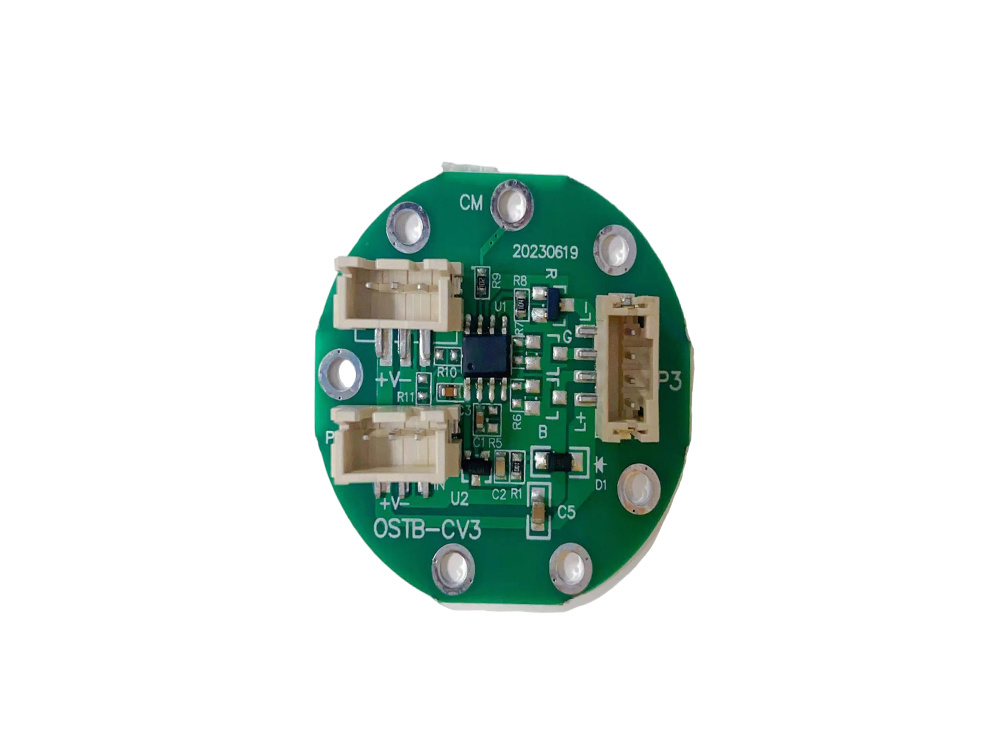Exploring the Latest Innovations in Electronic PCB Design
2025-05-10
As the demand for complex electronic devices continues to surge, the field of printed circuit board (PCB) design is evolving rapidly. The newest electronic PCB design techniques are critical for accommodating the sophisticated requirements of modern electronics. In this context, several innovative trends and technologies are shaping the future of PCB design.

One of the most significant advancements in electronic PCB design is the shift towards increased miniaturization. As devices become smaller and more powerful, designers are tasked with creating PCBs that not only fit within compact spaces but also maintain optimal performance. Techniques such as multi-layer PCB design allow for more components to be integrated into a smaller footprint. This advancement reduces the overall size of the product while maintaining functionality.
Another notable trend is the use of advanced materials in PCB design. Traditional materials, such as FR-4, are being supplemented or replaced by high-frequency laminates and flexible substrates. These materials are crucial for applications requiring higher performance, such as telecommunications and aerospace. The use of materials like polyimide allows for greater flexibility and thermal stability, making them suitable for a variety of demanding applications.
Additionally, the incorporation of automation and software tools in PCB design is revolutionizing the industry. Computer-aided design (CAD) software facilitates faster and more accurate designs, enabling engineers to simulate and test their designs in a virtual environment before physical production. This not only reduces errors but also speeds up the prototyping process, allowing for quicker iterations and modifications based on testing results.
Sustainability is another vital aspect that is becoming increasingly important in the newest electronic PCB design. Eco-friendly materials, lead-free soldering processes, and designs that prioritize energy efficiency are becoming standard practices. This shift towards greener solutions not only meets regulatory requirements but also appeals to a more environmentally conscious consumer base.
Further, the rise of the Internet of Things (IoT) is influencing PCB design significantly. PCBs are now designed to accommodate wireless communication, sensors, and smart technology integration, allowing devices to collect and transmit data seamlessly. The newest electronic PCB design must thus prioritize connectivity and compatibility with various protocols to ensure devices function effectively within an interconnected ecosystem.
In conclusion, the newest electronic PCB design is an exciting and dynamic field driven by the need for smaller, faster, and more efficient electronic devices. By adopting advanced materials, utilizing innovative design software, and focusing on sustainability, designers can create PCBs that not only meet current demands but also pave the way for future technological advancements. As the industry progresses, staying informed about these trends will be crucial for anyone involved in electronics and circuit board manufacturing.
Related news








